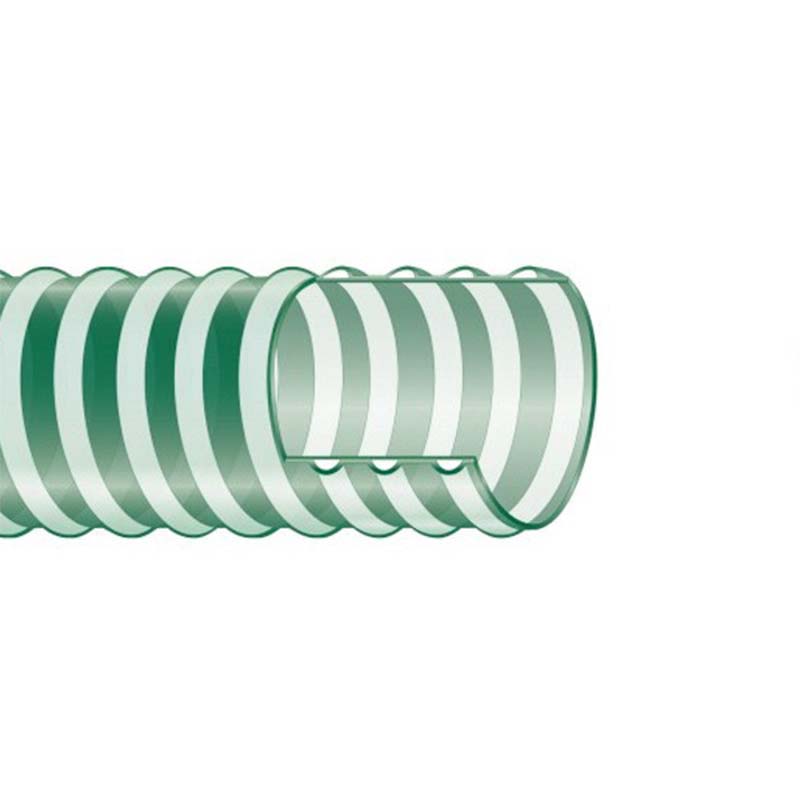Comparing PVC, Rubber, and Polyurethane Air Hoses for Your Needs and Applications
Comparing PVC, Rubber, and Polyurethane Air Hoses Which is Right for You?
When it comes to selecting an air hose for your workshop, garage, or outdoor projects, choices abound. Among the most popular materials are PVC (polyvinyl chloride), rubber, and polyurethane. Each has its unique properties, advantages, and disadvantages that make it suitable for certain applications. Understanding these differences is crucial to making an informed decision tailored to your specific needs.
1. PVC Air Hose
PVC hoses are popular due to their lightweight nature and affordability. Ideal for casual users and light-duty applications, PVC hoses can be found in many retail stores. They often come in a variety of colors and lengths, allowing for easy customization for your setup.
Advantages of PVC air hoses include
- Cost-Effective PVC hoses are generally less expensive than their rubber and polyurethane counterparts. - Lightweight Their lightweight design makes them easy to handle, transport, and store. - Weather Resistance PVC has good resistance to moisture and can perform adequately in wet conditions.
However, they do come with some downsides
- Limited Durability PVC hoses are not as resistant to wear and tear as rubber or polyurethane, making them less suited for intensive use. - Kinks and Coiling While lightweight, PVC hoses can kink easily and retain memory, which can be problematic in certain working environments. - Temperature Resistance PVC is less tolerant of extreme temperatures, making it less suitable for high-temperature applications.
2. Rubber Air Hose
Rubber air hoses are well-regarded for their resilience and durability. They are ideal for heavy-duty applications and are favored by professionals in engineering and construction.
Some key advantages of rubber air hoses include
pvc vs rubber vs polyurethane air hose

- Durability Rubber hoses can withstand rough handling, punctures, and abrasions, making them suitable for tough working conditions. - Flexibility in Cold Weather Unlike PVC, rubber maintains its flexibility even in colder temperatures, reducing the risk of kinking. - Temperature Resistance Rubber can endure higher temperatures and is generally more resistant to degradation from oil and chemicals.
However, there are also drawbacks to consider
- Weight Rubber hoses tend to be heavier than PVC or polyurethane, which can make them less convenient for transport and storage. - Cost Generally, rubber hoses come with a higher price tag compared to PVC hoses, which may be a consideration for budget-conscious consumers.
3. Polyurethane Air Hose
Polyurethane (PU) air hoses are known for their flexibility and lightweight nature. They combine some of the best features from both PVC and rubber, making them increasingly popular among professionals.
The advantages of polyurethane air hoses include
- Lightweight and Flexible PU hoses are easy to maneuver and transport, making them ideal for dynamic work environments. - Durability They resist wear and tear, punctures, and abrasion, similar to rubber, and often outperform PVC in this area. - Temperature and Chemical Resistance PU hoses handle a broader range of temperatures and various chemicals better than PVC, making them suitable for diverse applications.
On the downside
- Cost Polyurethane hoses can be more expensive than both PVC and rubber options, which may be a limiting factor for some users. - Less Common Availability may be an issue; not all retailers stock polyurethane hoses compared to PVC and rubber options.
Conclusion
Selecting the right air hose depends on your specific requirements. For light-duty, budget-conscious projects, PVC may be the way to go. If you need a hose that can withstand heavy use and challenging conditions, rubber is probably your best option. However, if you’re looking for a versatile, lightweight option with excellent durability and flexibility, a polyurethane hose may be worth the investment. Ultimately, understanding the characteristics of each material will help ensure you make the right choice for your air hose needs.
-
Top Quality Oxy Acetylene Hoses for Sale Fit for Welding DemandsNewsJul.28,2025
-
The Future of Pneumatic Air Tubes in IndustryNewsJul.28,2025
-
Superior and Reliable LPG Hose Pipe Solutions for Every NeedNewsJul.28,2025
-
Exceptionally Durable and Versatile Premium Braided PVC TubingNewsJul.28,2025
-
Best Adapters for Connecting Garden Hose to PVC Pipe ConnectionsNewsJul.28,2025
-
The Essential Role of LPG Hoses in Safe and Efficient Gas DistributionNewsJul.16,2025














